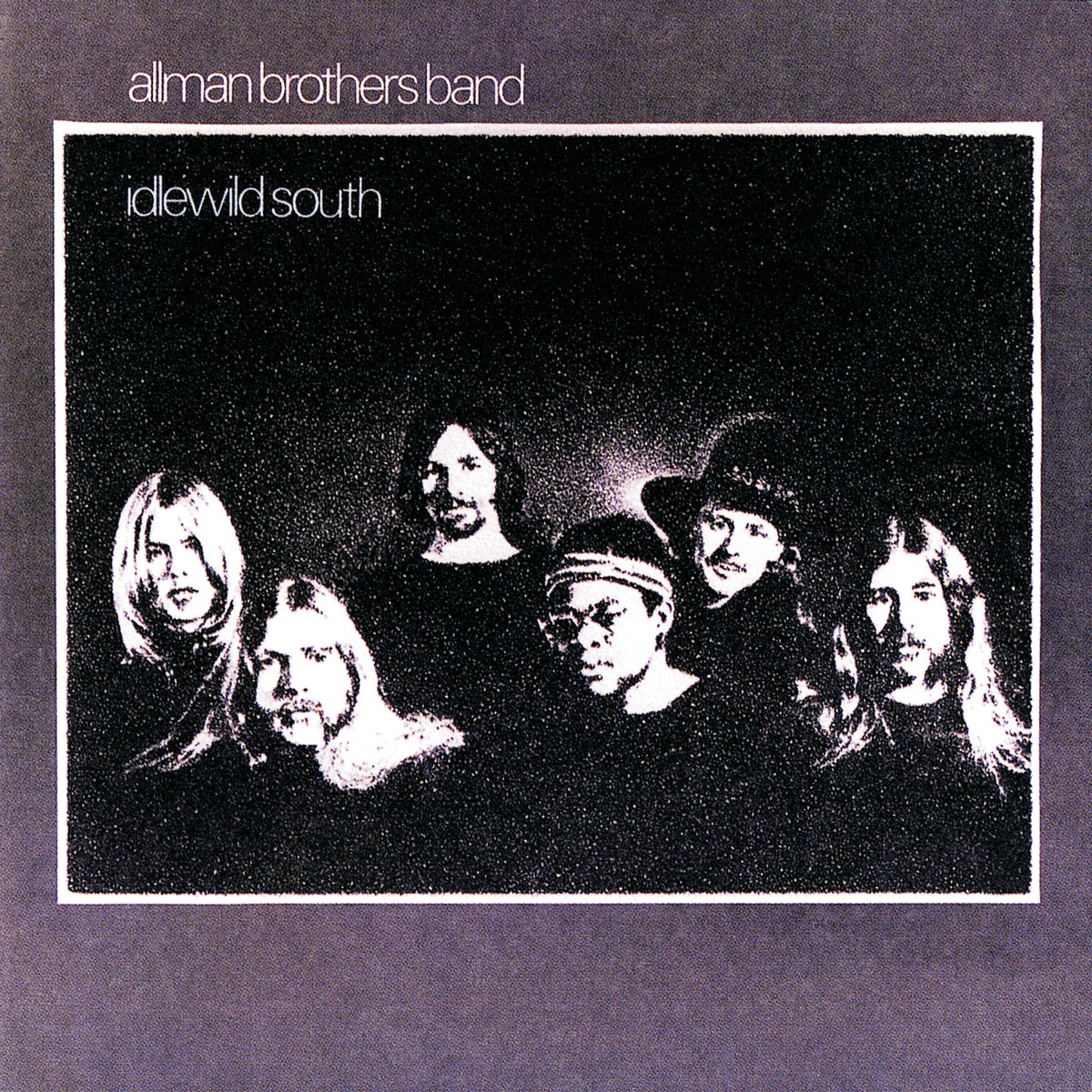 James Taylor’s “Mexico,” released in 1975 on his critically acclaimed album Gorilla, captures the essence of his unique ability to combine introspective lyricism with effortless melody, creating a song that is simultaneously deeply personal and widely relatable. Known for his warm, soothing voice, introspective songwriting, and masterful guitar work, Taylor has long been a defining figure in American singer-songwriter music, and “Mexico” is one of the clearest examples of his skill at crafting a song that feels both intimate and expansive. The track transports listeners to a sun-drenched landscape filled with longing, romance, and a subtle sense of escape, blending Taylor’s trademark folk-rock sensibilities with subtle Latin influences, and providing a narrative that is as much about emotional geography as it is about physical travel.
James Taylor’s “Mexico,” released in 1975 on his critically acclaimed album Gorilla, captures the essence of his unique ability to combine introspective lyricism with effortless melody, creating a song that is simultaneously deeply personal and widely relatable. Known for his warm, soothing voice, introspective songwriting, and masterful guitar work, Taylor has long been a defining figure in American singer-songwriter music, and “Mexico” is one of the clearest examples of his skill at crafting a song that feels both intimate and expansive. The track transports listeners to a sun-drenched landscape filled with longing, romance, and a subtle sense of escape, blending Taylor’s trademark folk-rock sensibilities with subtle Latin influences, and providing a narrative that is as much about emotional geography as it is about physical travel.
From the very first notes of “Mexico,” the listener is immediately drawn into a world of warmth and movement. The song opens with Taylor’s delicate acoustic guitar, a signature element of his music, immediately establishing a rhythmic pulse that feels casual yet deliberate. The guitar work is light and melodic, combining simple chord progressions with tasteful flourishes that underscore the song’s emotional resonance. As Taylor’s voice enters, the melody is clear, expressive, and inviting, drawing the listener into a story that is simultaneously specific and universal. There is a sense of intimacy in the way he delivers each line, as if sharing a secret or a personal reflection, a hallmark of his storytelling style that allows listeners to feel personally connected to the narrative.
Lyrically, “Mexico” is both evocative and economical. The song paints a vivid picture of escape and desire, capturing the feeling of longing for a place, a person, or a moment removed from the routines and constraints of everyday life. Taylor’s lyrics are rich in imagery yet grounded in relatability: the notion of traveling to Mexico becomes both a literal and metaphorical journey, an emblem of freedom, passion, and reflection. The song opens with lines that immediately set the scene, evoking sun, sand, and a languid, breezy atmosphere that transports listeners as surely as any cinematic landscape. Yet beneath this surface-level depiction of a tropical getaway lies an undercurrent of emotional complexity, a subtle reflection on love, connection, and the human desire for renewal and escape.
Musically, “Mexico” demonstrates Taylor’s gift for blending folk, rock, and subtle Latin elements into a cohesive whole. The song’s rhythmic structure is relaxed, evoking the easy sway of a coastal breeze or the gentle motion of waves on a shore. Drums and percussion are understated but effective, providing a subtle propulsion without ever overwhelming the gentle intimacy of the acoustic guitar. The bass lines are warm and supportive, weaving a harmonic foundation that reinforces the song’s fluidity. In addition, Taylor’s use of light embellishments, such as soft piano accents and restrained electric guitar lines, adds a textural depth to the arrangement, giving the track a sense of expansiveness while maintaining its personal, conversational feel.
One of the most striking aspects of “Mexico” is Taylor’s vocal delivery. His voice, already renowned for its warmth, clarity, and vulnerability, is at its most expressive here. He conveys longing and wistfulness with a subtlety that is both affecting and understated. The song’s phrasing allows him to stretch certain syllables, emphasizing emotional weight while maintaining a smooth, natural flow. This balance between technique and emotion is a hallmark of Taylor’s artistry: he never overplays his voice, yet every note is charged with feeling. The listener is left with the impression of someone speaking from the heart, sharing experiences and emotions that are deeply personal yet universally accessible.
“Mexico” also highlights Taylor’s skill as a storyteller. The song is structured like a journey, moving from the anticipation of leaving to the immersion in the beauty and atmosphere of the destination, and finally to the reflective moments that linger after the excitement of travel. There is a sense of narrative arc within the music itself, with dynamics, instrumentation, and phrasing mirroring the emotional contours of the story. The verses convey intimacy and longing, while the choruses expand sonically, evoking the open landscapes and freedom associated with travel. This structural sophistication enhances the listener’s experience, transforming the song from a simple tune into a multidimensional exploration of place, emotion, and memory.
In terms of influence and historical context, “Mexico” occupies a unique place in Taylor’s career and the broader 1970s singer-songwriter movement. By the mid-1970s, Taylor had already established himself as a leading figure in American folk and soft rock, with a series of albums that combined personal reflection, melodic invention, and sophisticated musicianship. Gorilla, the album featuring “Mexico,” represents a continuation of this trajectory while also experimenting with slightly more upbeat rhythms and Latin-tinged textures, a nod to the era’s growing fascination with global musical influences. The song’s incorporation of these elements feels organic rather than derivative, reflecting Taylor’s instinctive ability to absorb musical styles without compromising his distinctive voice or approach.
Another defining characteristic of “Mexico” is its balance of optimism and introspection. On the surface, the song is breezy and sun-kissed, a musical escape to a warmer, more carefree environment. Yet this outward lightness is tempered by an underlying emotional depth: the lyrics hint at a search for meaning, connection, and fulfillment beyond mere physical relocation. In this sense, the journey to Mexico becomes a metaphor for inner exploration, self-discovery, and emotional reflection. This layering of meaning, combining accessibility with subtle sophistication, is part of what has allowed “Mexico” to endure as a beloved part of Taylor’s repertoire and as a touchstone in the broader landscape of American popular music.
The production of the song is another element that contributes to its lasting impact. The recording captures the warmth of Taylor’s voice and the clarity of his acoustic guitar, while integrating the supporting instrumentation in a way that feels balanced and natural. There is an intimacy to the sound, as if the listener is present in the room with the musicians, yet the arrangement never feels sparse or underdeveloped. Light embellishments, such as gentle piano lines, subtle percussion, and restrained electric guitar accents, add depth and texture without detracting from the song’s central narrative. The production choices reinforce the track’s themes of warmth, openness, and emotional clarity, creating a sonic environment that perfectly complements the lyrical content.
Live performances of “Mexico” have further cemented its reputation as a standout track in Taylor’s catalog. In concert, the song often takes on a slightly different character, with extended instrumental passages, improvisational flourishes, and audience interaction adding new dimensions to the original recording. Taylor’s ability to reinterpret his own material in a live context speaks to his ongoing commitment to musical growth and exploration, allowing fans to experience the song in a fresh, immediate way while preserving the essence that made it so compelling in the first place.
The thematic resonance of “Mexico” extends beyond the literal imagery of travel and geography. The song captures a sense of longing and desire that is universally relatable, exploring the emotional terrain of connection, anticipation, and the search for personal fulfillment. Travel in the song functions as both a literal and metaphorical device, representing freedom, adventure, and emotional exploration. Taylor’s lyrics, while concise, convey complex emotions with subtlety and precision, allowing listeners to project their own experiences and interpretations onto the narrative. This universality, combined with the track’s melodic and rhythmic appeal, is part of what gives “Mexico” its enduring power and resonance.
From a musical perspective, the song demonstrates Taylor’s sophisticated understanding of harmony and melody. The chord progressions are elegant yet understated, providing a stable foundation for the vocal line while allowing for subtle harmonic colorations and shifts. The interplay between acoustic guitar and supporting instrumentation adds layers of nuance, creating a rich sonic landscape that feels both intimate and expansive. The rhythmic elements, including gentle percussion and bass patterns, contribute to a sense of forward motion that mirrors the song’s thematic emphasis on travel and journeying, enhancing the listener’s immersion in the narrative.
“Mexico” also reflects the broader cultural and musical context of the mid-1970s. During this period, American popular music was increasingly open to global influences, incorporating rhythms, textures, and melodic ideas from Latin America, Africa, and other regions. Taylor’s incorporation of light Latin inflections and subtle rhythmic patterns situates the song within this wider musical trend while remaining true to his distinctive style. The result is a composition that feels both contemporary to its time and timeless, a hallmark of Taylor’s enduring appeal.
The song’s lyrical simplicity is balanced by its musical sophistication. While the words convey a straightforward narrative of travel, longing, and romantic anticipation, the arrangement and performance elevate the material, creating an experience that is emotionally rich and musically nuanced. The listener is drawn into the story not only through the lyrics but also through the interplay of melody, harmony, and rhythm, highlighting Taylor’s ability to craft songs that operate on multiple levels simultaneously.
Emotionally, “Mexico” is a study in subtlety and restraint. Taylor’s delivery is warm and intimate, conveying longing and anticipation without ever tipping into melodrama. The arrangement supports this emotional tone, providing gentle dynamics, tasteful instrumental flourishes, and a steady rhythmic underpinning that allows the listener to focus on the story being told. The result is a song that feels deeply personal yet widely relatable, a hallmark of Taylor’s songwriting and a key factor in its enduring popularity.
The legacy of “Mexico” is tied to its ability to capture a specific emotional and atmospheric essence while remaining universally accessible. It has become a staple of James Taylor’s catalog, celebrated for its melodic charm, lyrical economy, and evocative storytelling. Over the decades, the song has continued to resonate with audiences, appealing to new generations of listeners who find in it a combination of warmth, reflection, and subtle sophistication that is rare in popular music.
In conclusion, James Taylor’s “Mexico” exemplifies the qualities that have defined his career: a gift for melody, a talent for storytelling, and an ability to blend musical sophistication with emotional immediacy. The song’s sun-kissed imagery, intimate vocal delivery, and subtle rhythmic and harmonic complexities create a work that is both accessible and profound. It invites listeners to embark on a journey—literal, emotional, and metaphorical—offering a sense of warmth, reflection, and possibility. “Mexico” stands as a testament to Taylor’s enduring artistry, a reminder of the power of song to transport, console, and inspire, and a jewel in the crown of American singer-songwriter music that continues to captivate audiences decades after its release.


